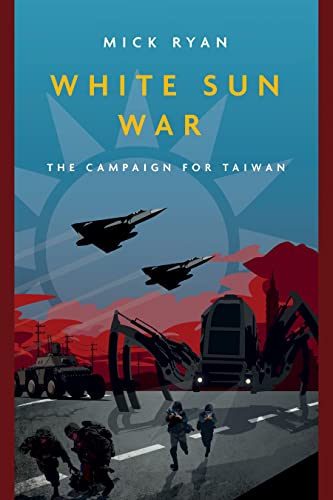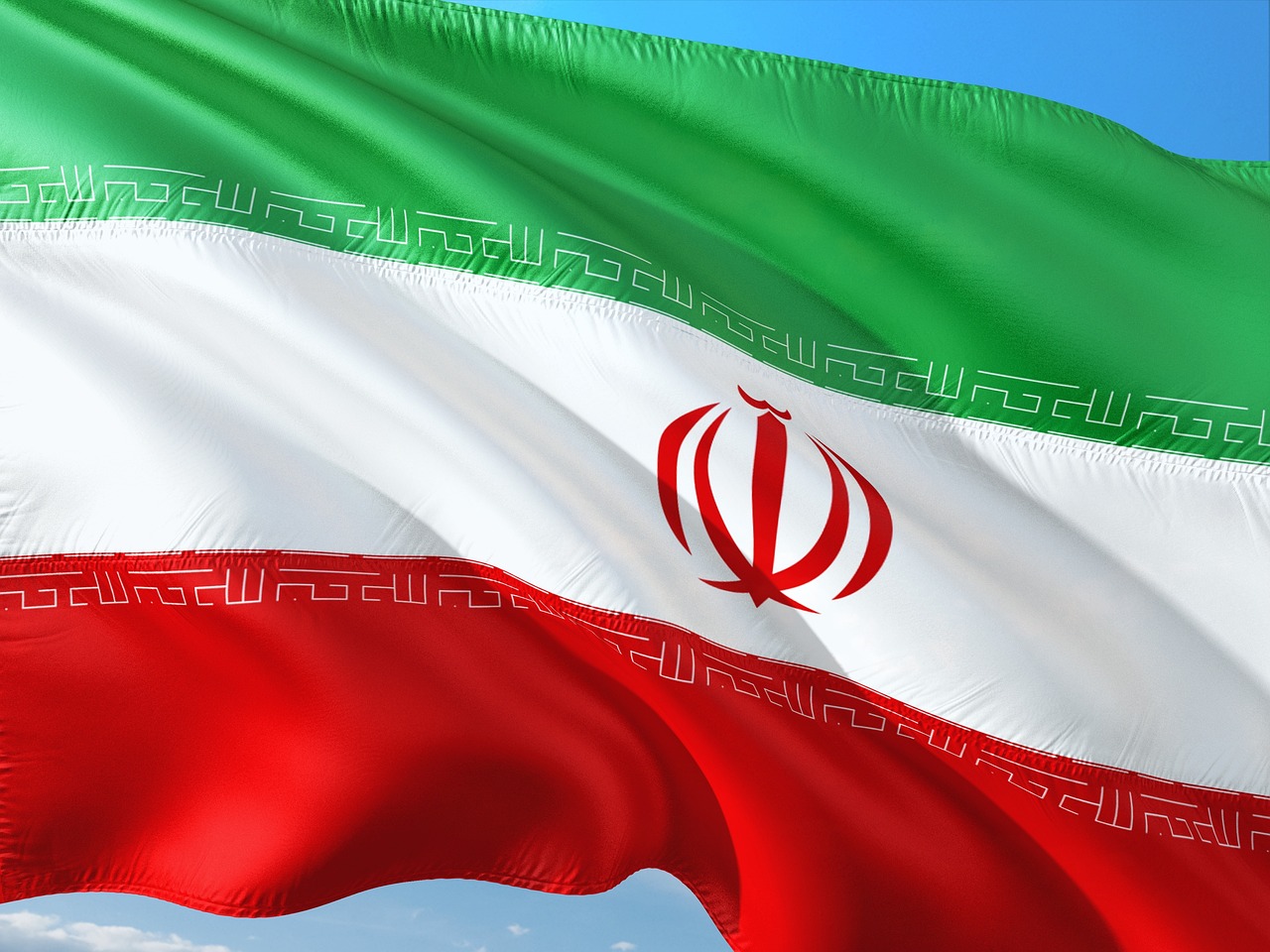Brian Kerg
White Sun War is a fictional account of a future invasion of Taiwan by the People’s Republic of China, and the regional war that occurs as the U.S., Japan, and other nations support Taiwan’s defense. The author, strategist and retired Australian Army general Mick Ryan, remains an avid writer in the field of future warfare and the implications of technology on conflict. His expertise in these areas shines throughout White Sun War, which eclipses the human element of the conflict that Ryan still successfully weaves into the book.
Written in the genre of fiction intelligence or FICINT that was repopularized by Peter Singer and August Cole’s Ghost Fleet, readers may inevitably make comparison between White Sun War and other similar thrusts into the genre. Many recent novels invoke a war with China over Taiwan as their central plot point, including 2034 by Elliot Ackerman and Admiral James Stavridis, USN (ret). A ‘future war with China’ is fast approaching a subgenre all its own. But while Ghost Fleet and 2034 emphasize the naval aspects of this notional fight, White Sun War stands out by more deeply exploring the land campaign on Taiwan proper. To the novel’s great credit, Ryan also explores joint warfare and the technological shifts that will occur in the space, cyberspace, air, and maritime domains. But if any single domain serves as the main feature in White Sun War it is the land domain as readers get a detailed look at the ground fight in Taiwan, and this helps break Ryan’s novel out of the pack.
Ryan deploys a cast of characters from diverse ranks, positions, and nations. Ranging the tactical, operational, and strategic levels of war, as well as senior leaders of government agencies, these individuals serve as a means by which the reader can see the development of the campaign and the employment of new technology at each phase. While a useful mechanism for building a coherent picture of a rapidly developing story, the dialogue can come across as a bit stiff and heavy on exposition at times. Still, the human interaction is a strong effort for a first time novelist and remains more authentic than many other forays in future settings where authors are routinely challenged to catch readers up to speed on a speculative tomorrow.
If there is a main character, it is not a single person but the technology of future war. The novel offers near parity to each of the characters who lead the reader through the action, including a private in the Taiwan army, a captain in command of a U.S. Army cavalry troop, a Marine colonel leading a U.S. Marine Littoral Regiment, a Marine brigade commander in the People’s Liberation Army, and many others. But at every turn, these characters serve largely as means by which to showcase new technology in action, including exquisite space-based capabilities and bug-like uncrewed ground vehicles that prove to be terrors on the battlefield. It is this technology and its success in war, or its failure to live up to its promise, that moves and speaks more powerfully than any single human character in the novel. To that end, White Sun War is best enjoyed not in isolation, but paired with War Transformed, Ryan’s non-fiction exploration of future conflict. The former is a fictional telling of the impact of the latter.
Still, human factors abound, and Ryan ensures they are not lost on the reader. Friction, uncertainty, fear, and exhaustion beguile the characters on the ground throughout the campaign, and the taxes these impose on each of the military actors is ever present in the text. Perhaps more critically, Ryan pulls on his voluminous knowledge of military history to offer compelling notional instances by which miscalculation on the part of senior leaders can lead rational actors to make decisions that, in hindsight, are anything but.
Ultimately, White Sun War reminds us that while great nations continue to chase the dream of short, sharp, decisive wars, they cannot escape the reality that great power wars are long, tiresome slogs that may have temporal lulls but will certainly pick back up when circumstances permit. Revealing how this is illustrated in the book would spoil too much, but the manner in which this lesson is portrayed is Ryan at his finest as a writer, military historian, and strategist. White Sun War is an accessible, satisfying must-read for students and practitioners of modern and future conflict.
Brian Kerg is a prior-enlisted mortarman, communications officer, operational planner, WSD-Handa Fellow with the Pacific Forum, and a Senior Fellow with Key Terrain Cyber. He is currently the G-5 Director of Plans at III Marine Expeditionary Force. Follow or contact him on twitter @BrianKerg.







